
In business, the right tools make all the difference when it comes to driving towards success. Some of those tools are organizational, while others are more tangible — like the way you outfit your building to maximize its usefulness and efficiency. Keeping your building efficient is one area where specialized hardware such as air curtains can prove immensely useful — particularly for structures that may otherwise need to rely on vestibules for maintaining environmental separation and improving energy efficiency. With the right air curtains, the benefits are easy to unlock for businesses from warehouses to restaurants and even organizations including hospitals.
How do you decide what option is right for you? There’s one name that stands out in the industry: Mars Air with their widely-used Lo Pro system. A low-profile but high-performance air curtain system, these units come in many sizes and have flexible capabilities intended to suit a variety of roles. Take a few moments to find out more about why the Lo Pro system is the go-to solution for so many businesses.
Why Install Air Curtains at All?
For some owners, the idea of attaching a piece of hardware right above a door — especially one that may be in a customer-centric application — can be a hard sell. They worry about the visual impact, the noise, and of course, the actual value of the functionality. The good news is that air curtains not only have a proven impact on the energy efficiency of indoor spaces, but they also come with a range of additional benefits.
Most commonly, businesses employ air curtains to keep cold air indoors and to reduce the frequency with which their HVAC equipment must cycle. However, other applications include stopping the intrusion of dust, halting blustery and windy conditions from penetrating indoors, and even turning away small flying insects. Mosquitoes, for example, can’t pass through air curtains; the air flow buffets them and pushes them back outside. From dropping monthly energy expenditures to a more pleasant interior, choosing a Lo Pro curtain can unlock these benefits. But why this model?
How the Lo Pro Series Offers Stand Out Performance
Let’s revisit the example of the business owner concerned about the consequences of adding an air curtain to the space. Clearly, there are benefits in terms of repelling small flying insects, keeping out dust, and improving the efficiency of indoor environmental controls. However, the Lo Pro series offers advantages above other types of air curtains. The key benefit is right there in the name. These are not big and bulky units, but rather “low profile” air curtains that do not draw undue attention to themselves. With quiet operation and a gentle stream of air, most patrons are unlikely even to notice the addition — especially because air curtains are found in so many other places today.
Lo Pro air curtains also have variable speed settings, allowing owner-operators to customize their power to an extent. Keep the speed low for the quietest operation or turn the speed up when you need to keep the door propped open for more extended periods. This will help to reduce flying insect intrusion while minimizing the chance that conditioned air will escape. Such versatility is a Mars characteristic, and a big contributing factor in their popularity across the industry.
The Lo Pro Series 2 has additional features available, too. Working in a place that sees harsher winters? Enjoy all the benefits of a Lo Pro curtain with the addition of heated air, using hot water or steam as a heat source. Allow patrons to walk through a pleasantly warm breeze as they enter your premises and prevent the work your furnace did from going to waste.
Suitable Even for Very Large Openings
Air curtains have many applications for small doorways such as entrances, walk-in freezers, and more, but this is just a scratch on the surface of their versatility. The Lo Pro series can cover openings up to 144 inches across, or 12 feet — wide enough to cover even huge loading dock doors in warehouses, grocery stores, convention centers, and more. With a powerful yet energy efficient motor that can achieve full coverage and separation over the opening without subjecting workers to anything more than a gentle breeze, the Lo Pro series is easy to adapt for heavier duty commercial operations.
Determining the Right Lo Pro Air Curtain for Your Business
Despite how versatile and dependable the Lo Pro series can be, browsing through Mars Air’s catalog might leave you feeling unsure about your next steps. Which voltage will work with your business’s equipment? How wide should the air curtain be for your purposes? With professional assistance, answering these questions is no trouble at all. At Air Door Distributors, an authorized supplier of Mars Air products including Lo Pro series curtains, we are ready to help you take a deep dive on the subject in pursuit of the right hardware. At Air Door Distributors we are proud to offer only the best brands of air curtains. We have over 20 years of experience helping our customers find the right product for their business. Contact us today to start saving energy and improving your workplace environment for your employees and customers. Contact us at 866-402-1642 or fill out our online contact form.


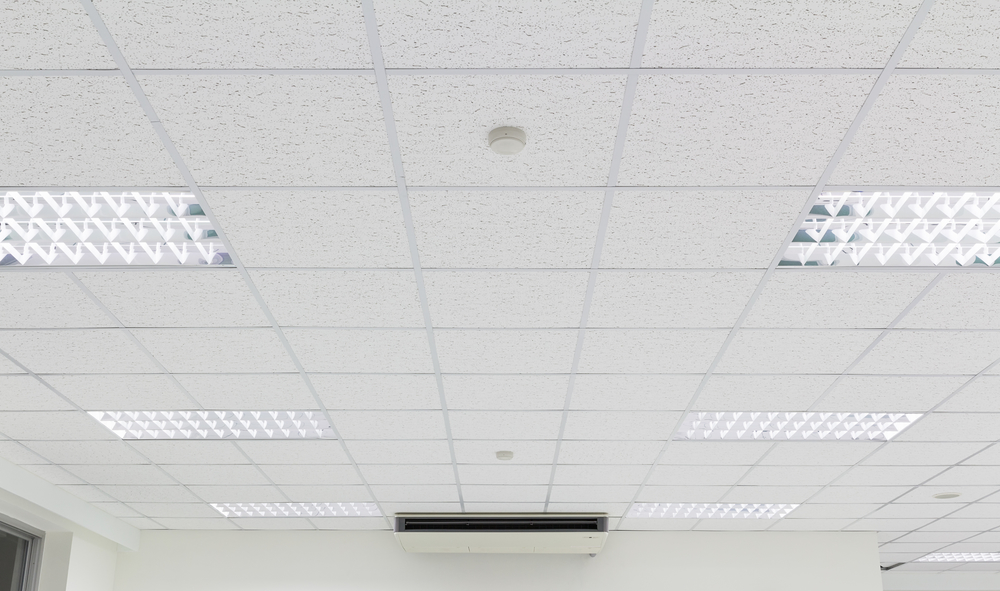
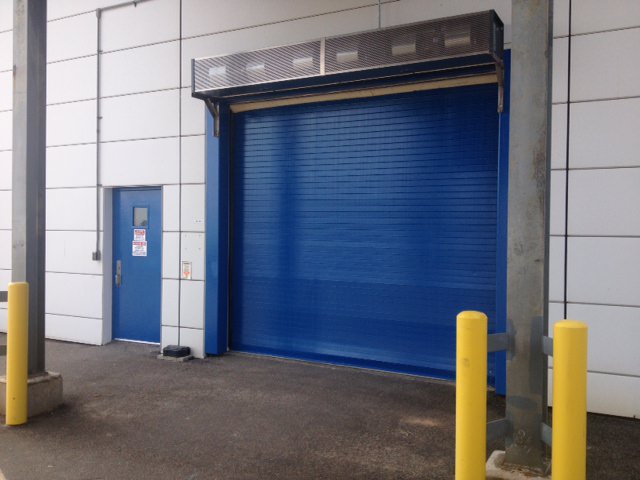
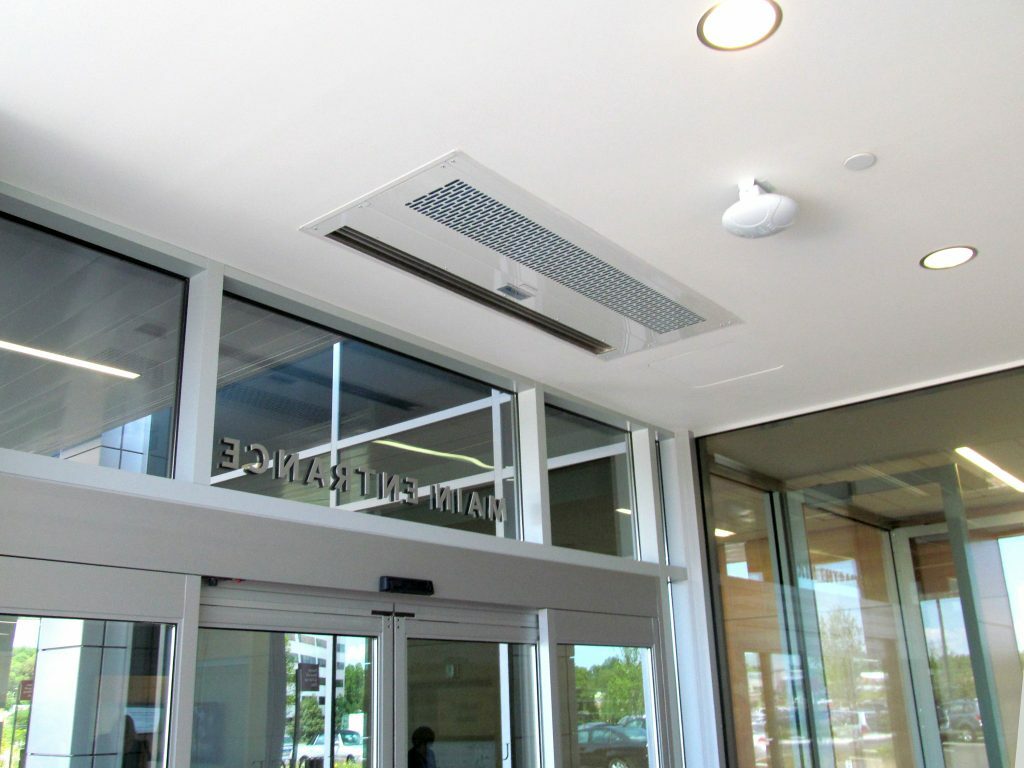





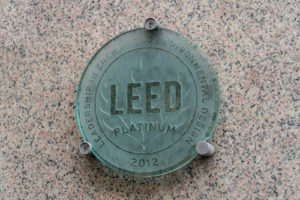
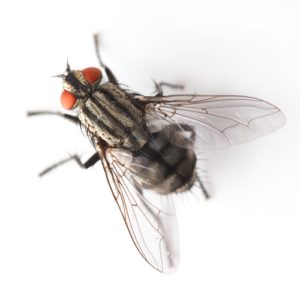 Creating a comfortable and inviting atmosphere for restaurant guests involves more than simply good ambiance and decor along with the right interior temperature.
Creating a comfortable and inviting atmosphere for restaurant guests involves more than simply good ambiance and decor along with the right interior temperature.